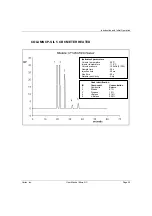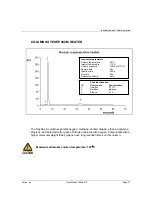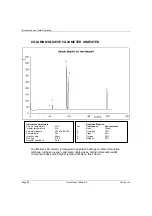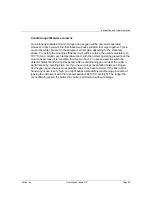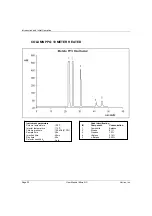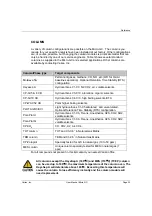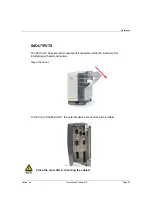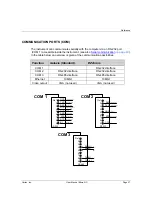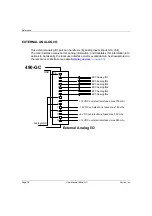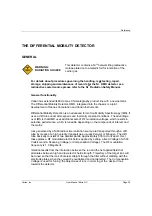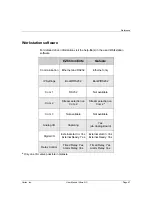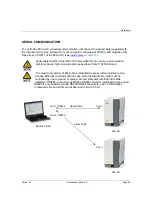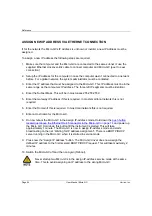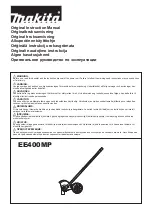
Reference
Varian, Inc.
User Manual Micro-GC
Page 39
THE DIFFERENTIAL MOBILITY DETECTOR
GENERAL
This detector contains a Ni
63
beta-emitting radioactive
isotope plated onto a metallic foil for ionization of the
carrier gas.
For details about procedures governing the handling, leak testing, repair,
storage, shipping and maintenance of records for the Ni
63
DMD detector as a
radioactive sealed source please refer to the Ni
63
Radiation Safety Manual.
General functionality
Varian has extended its Micro Gas Chromatography product line with a new detector.
The Differential Mobility Detector, DMD, integrated into the chassis is a joint
development of Sionex Corporation and Varian Instruments.
Differential Mobility Detection is an advanced form of Ion Mobility Spectroscopy (IMS). It
uses a drift tube under atmospheric and thermally constant conditions. The advantage
over IMS is that DMD uses additional sets of RF modulation voltages, which results in
selective performance, which is tuneable depending on the compounds of interest and
the matrix.
Ions generated by a Ni63 radioactive ionization source are transported through a drift
tube by means of a high velocity transport gas, usually Zero-Air or Nitrogen. The drift
tube basically consists of two parallel plates, approximately 500 microns apart. Over
these plates a RF modulated electric field is applied by setting a fixed Voltage of 2-500
Volts/cm and a Scanning Voltage (or Compensation Voltage). The RF modulation
frequency is 1.3 Megahertz.
Isolation results from the interaction between the ion and the net applied field that
alternates between high and low electric field strength. Trajectory of the target ions will
be tuned so that the ions of interest straight through the filter without colliding with the
electrode plates, when they would be neutralized and not detected. The Compensation
Voltage is used for ‘tuning’ the trajectories of ions in order to get the ‘desired’ ions
towards the detector.
WARNING:
RADIATION SOURCE

